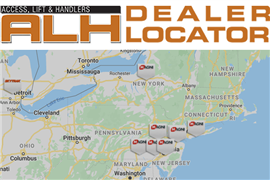Complying with ANSI A92 on delivery of MEWP training
June 15, 2021
The ANSI A92 suite of standards features a new key training element. IPAF’s Tony Groat breaks down the changes.
Hopefully, all readers are now aware that the new ANSI suite of A92 standards that apply to the design, safe-use and training for mobile elevating work platforms are now in effect. While the requirement for training is not new, a standard for the delivery of training is. ANSI A92.24-2018 Requirements for the Use, Operation, Inspection, Testing and Maintenance of MEWPs was published in December 2018 and went into effect June 2020.
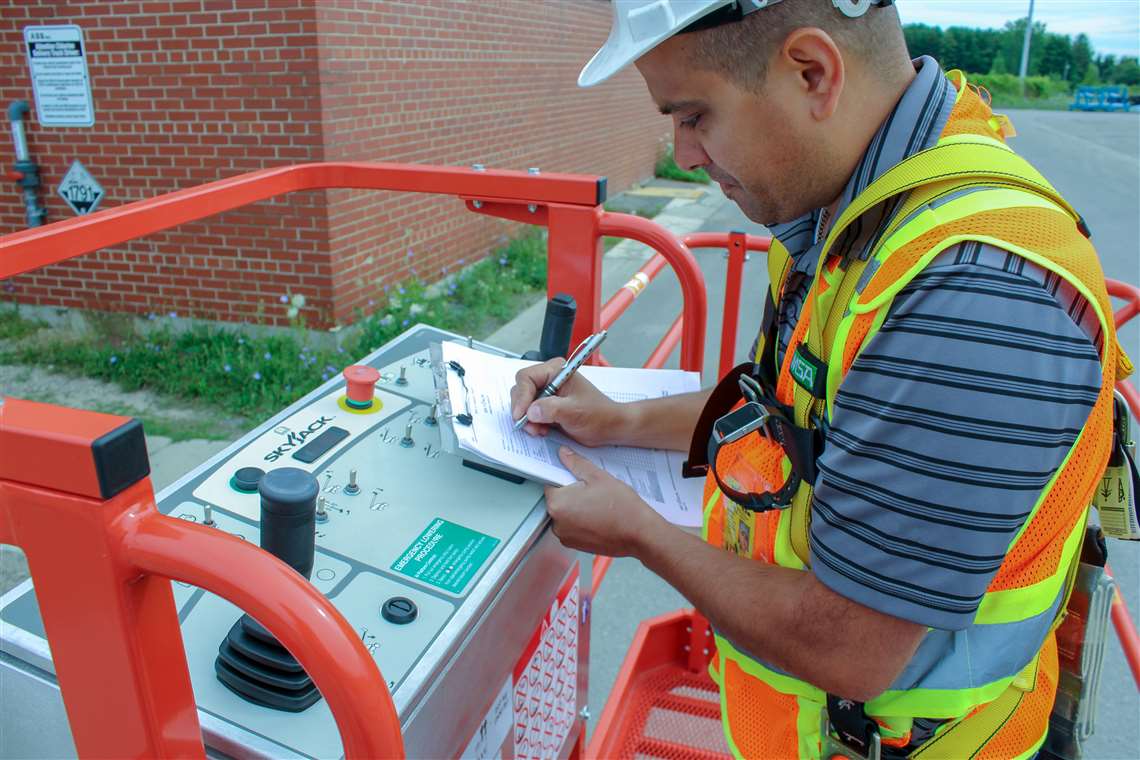
This standard provides methods and guidelines to prepare MEWP training materials, defines administrative criteria and delivers elements required for proper training and familiarization. One of the objectives of the standard is to achieve thorough and consistent training. That will occur as another objective is achieved – understanding training and familiarization requirements. So let’s start with the fundamentals – what is training?
The standard defines training as: “Instruction to enable the trainee to become a qualified person regarding the task to be performed, including knowledge regarding potential hazards.”
Breaking the definition down, training ‘enables’ the trainee to become qualified, it does not make them qualified. Further, they are looking to become qualified not just to make the MEWP move, but “...regarding the task to be performed, including knowledge regarding potential hazards.”
The standard defines a qualified person as a “person who, by possession of a recognized degree, certificate or professional standing, or by extensive knowledge, training and experience, has successfully demonstrated his/her ability to solve or resolve problems related to the subject matter, the work or the project.” A qualified person is not just trained but can demonstrate their knowledge and skills. Training required to become a qualified MEWP operator.
Qualified and compliant
One of the first requirements in the training standard is that the safe use of a MEWP when training is being administered shall be in compliance with ANSI/SAIA A92.22, the new safe use of MEWP standard. This training must include the inspection, maintenance, use, application and operation of MEWPs. Only personnel properly trained and who have received unit-specific familiarization shall operate a MEWP and the employer/MEWP user must determine if their workers are qualified to operate the MEWP prior to authorization.
How does an employer know if the MEWP operator training is compliant with the standard? By being aware of the training requirements:
- Content for theory (classroom/online) training
- Content for practical (hands-on) training
- Trainer qualifications
- Training environment
- Testing
- Documentation
- Record retention.
If these requirements are not in place, you are not providing appropriate MEWP training.
Content for theory (classroom/online) training
Theory training is comprised of the ideas and principles regrading the safe use of MEWPs as de-fined in the ANSI A92.22 standard that include the application, inspection, training, maintenance, repair and safe operation of MEWPs. The theory training curriculum is very comprehensive and is more critical to the safety of the operator than leaning how to make the machine move, being focused on safely moving it.
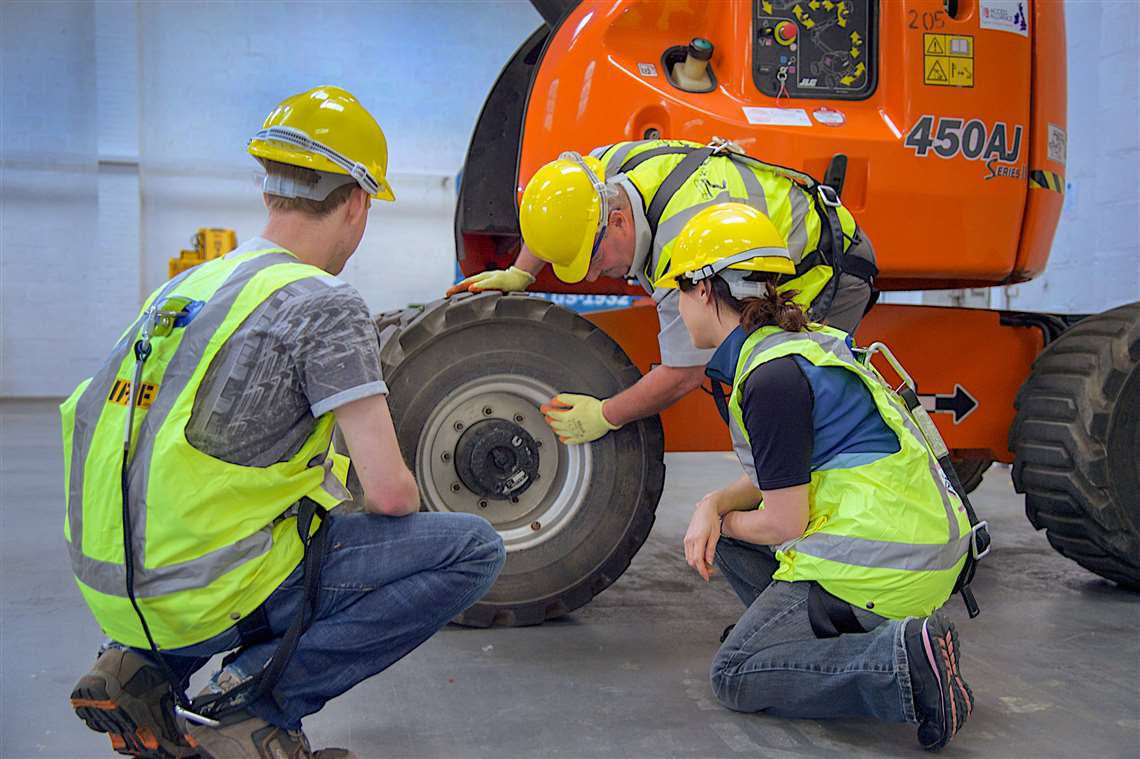
The training standard defines 23 topics that must be included in the theory training course, such as how to perform a pre-start, responsibilities associated with problems or malfunctions, knowing and understanding factors affecting stability, knowing and understanding workplace inspections, safe traveling practices, and delivering occupant knowledge. Be aware that industry-recommended practice for MEWP operator training suggest this training can take hours to complete. There is no short-cut to effective training.
Content for practical (hands-on) training
Practical training occurs after the successful completion of the theory knowledge and is the application of that learning. This requires each trainee to demonstrate proficiency on each MEWP category they are required to operate.
For each category of MEWP in the training, the operator, under the direction and evaluation of a qualified trainer, must be familiarized with the MEWP model to be used, be able to identify and know the function of major components, perform a daily pre-start inspection, identify issues in a workplace inspection, actual operation of each MEWP category and MEWP parking and securing.
Trainer qualifications
All training shall be delivered by a qualified person, who is experienced with the particular classification of MEWP and knowledgeable regarding the laws, regulations, safe-use practices, manufacturer’s requirements, recognition and avoidance of hazards associated with MEWPs.
Training environment
The environment where both theory and practical training occurs should be free from hazards and conducive to learning. The theory training must accommodate the number of trainees, have proper lighting and acoustics for the delivery of training, be void of distraction and be comfortable for trainees for focus on learning.
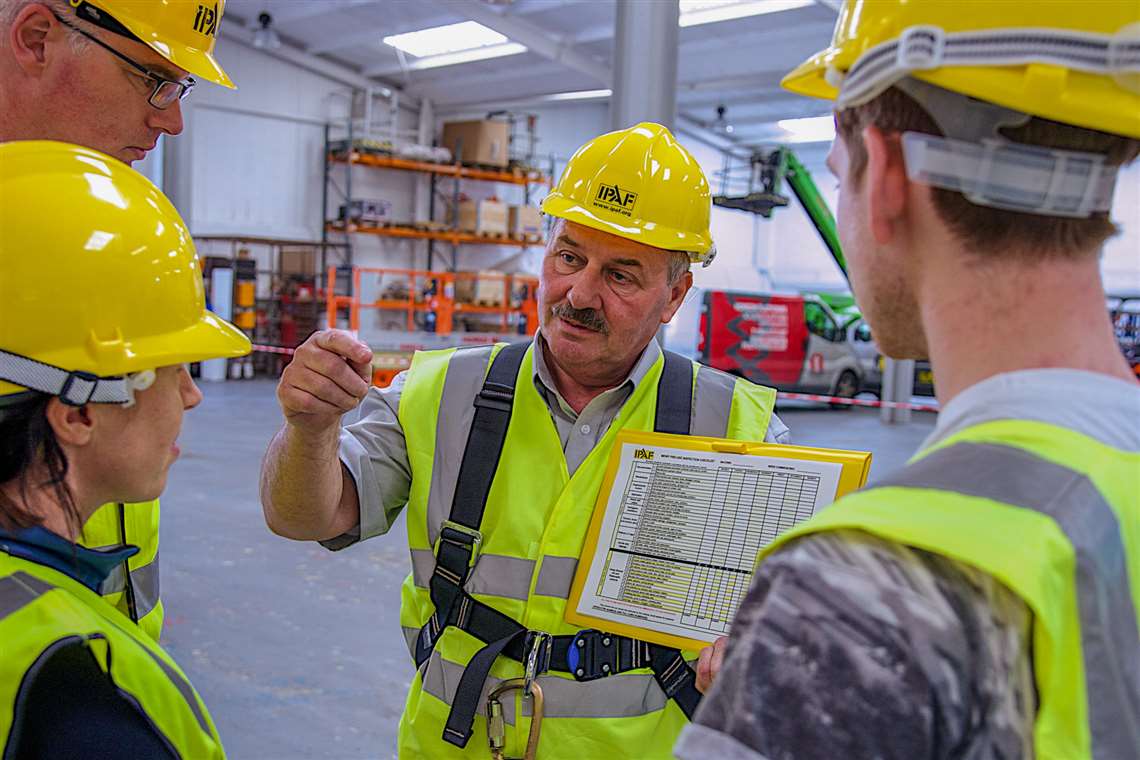
The practical (hands-on) training environment should be free from other moving equipment and personnel. The area should be roped off area to prevent others from entering as appropriate. Applying MEWP safe-use requirements, a site risk assessment should be made for each location where a practical test is to be given and reviewed with trainees.
Testing
Results of the theory (classroom/online) and practical (hands-on) evaluations must be documented to demonstrate proficiency. Non-mandatory examples are provided as guides for recording testing.
Documentation
Proof of successful completion of training must be provided by those delivering training. It should include the company delivering the training, name of trainer, clear identification of the MEWP categories in the training, date of completion, name of trainee and validity period.
Record retention
Training records must be maintained for at least the period the training is valid and at least four years for familiarization. The records must include the name of person(s) trained or retrained and MEWP classifications, the name of entity providing the training, name of person(s) delivering the training, name of person(s) receiving familiarization and MEWP make and model and the name of person(s) providing familiarization.

If your MEWP operator training is missing elements described above, your workers may be exposed to risk during operations. Know that not having an accident yet is not validation that unsafe acts are not occurring. Be aware that an employer of MEWP operators must ensure the operator of a MEWP is physically and mentally capable to operate the MEWP safely. This is part of a MEWP users’ responsibility to assess if personnel are qualified to perform the task.
Retraining
Retraining is now defined as the “required instruction based on the user’s observations or evaluations to maintain a previously trained person’s status as a qualified operator.” Note that it doesn’t say “MEWP operator training again”, only instructions to maintain status as a qualified operator based on the user’s observations or evaluations.
This adds a new defined layer of management in MEWP safe-use planning – the need for a qualified MEWP supervisor and their training. The MEWP supervisor is a person assigned by the MEWP user/employer to monitor operator performance and supervise their work. The user must designate a qualified person to monitor, supervise and evaluate operators on a regular basis to ensure their proficiency. The evaluation will be accomplished through visual observation, at a minimum, which shall be documented for retention by the user.
The ongoing evaluations is one example of when retraining would be necessary. Added examples are expiration of the operator’s valid training period, the operator’s extended period with no operation of a MEWP, the operator’s introduction to new or significantly different MEWP technology, or the operator has been involved in an accident or near miss.
Retraining in many cases will be the completion of MEWP operator training. It may also only re-quire limited instructions or review on a key topic, such as fall protection or working near overhead powerlines. Regardless of the level of level of retraining needed, the instructions must ultimately meet the requirements to be a qualified MEWP operator.
For more, visit www.ipaf.org.
STAY CONNECTED



Receive the information you need when you need it through our world-leading magazines, newsletters and daily briefings.
CONNECT WITH THE TEAM






